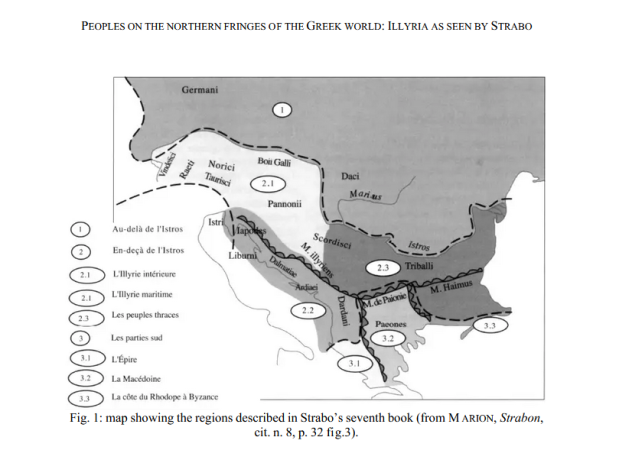Hawk
Regular Member
- Messages
- 2,290
- Reaction score
- 1,125
- Points
- 113
- Y-DNA haplogroup
- E-V13
Point is that one sample proved you wrong about J2b-L283
What's funny is it got published within hours after your post at the other forum doubting it has anything to do with Steppe..
Nah, it didn't point me wrong at all. If you have ever read me in full serious mode i have never put any strong opinion, more or less i even read myself Davidski about the leak. I was being sarcastic because our thread was flooded with sock-puppet accounts and you already know that.
It's funny as well because we got the Neolithic location of E-V13 which is more north than even Riverman imagined. More to come..
Last edited:




